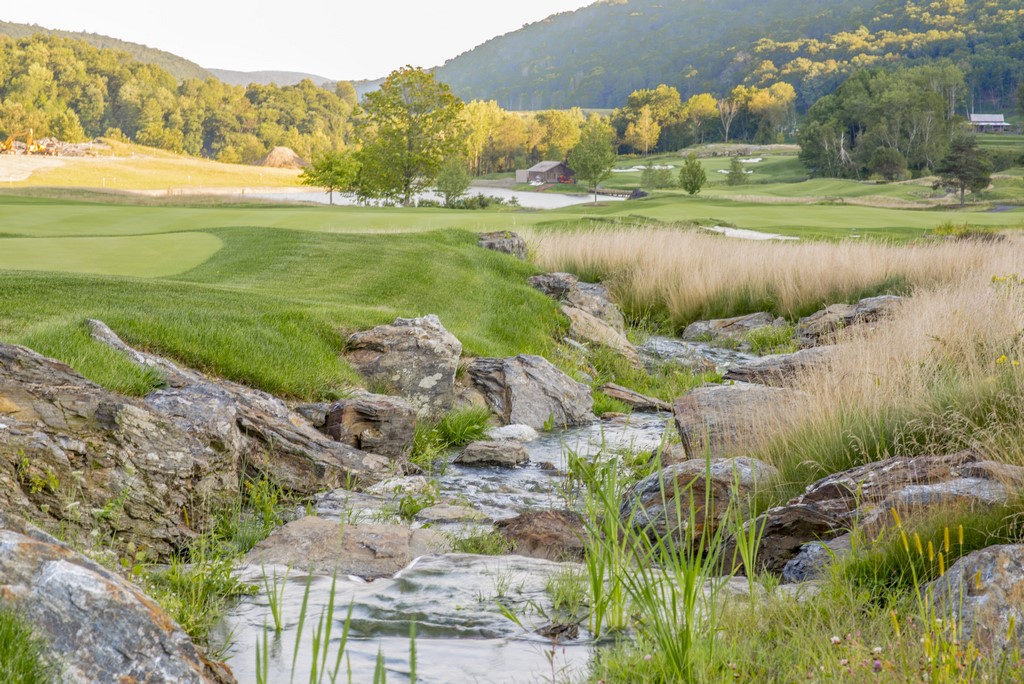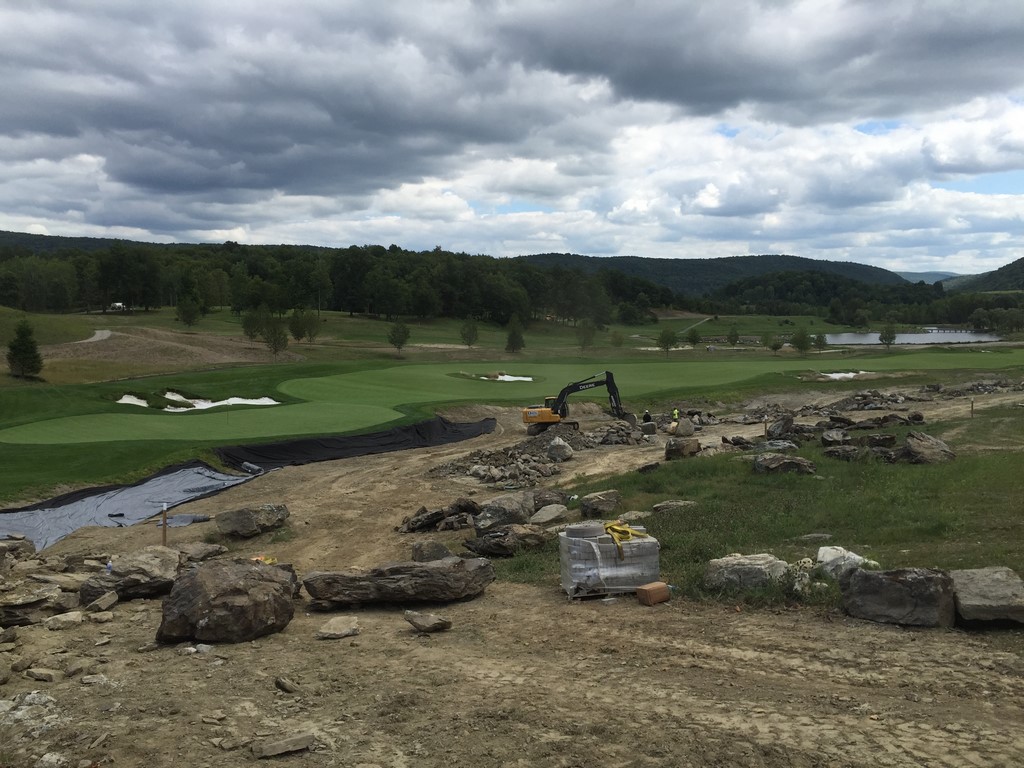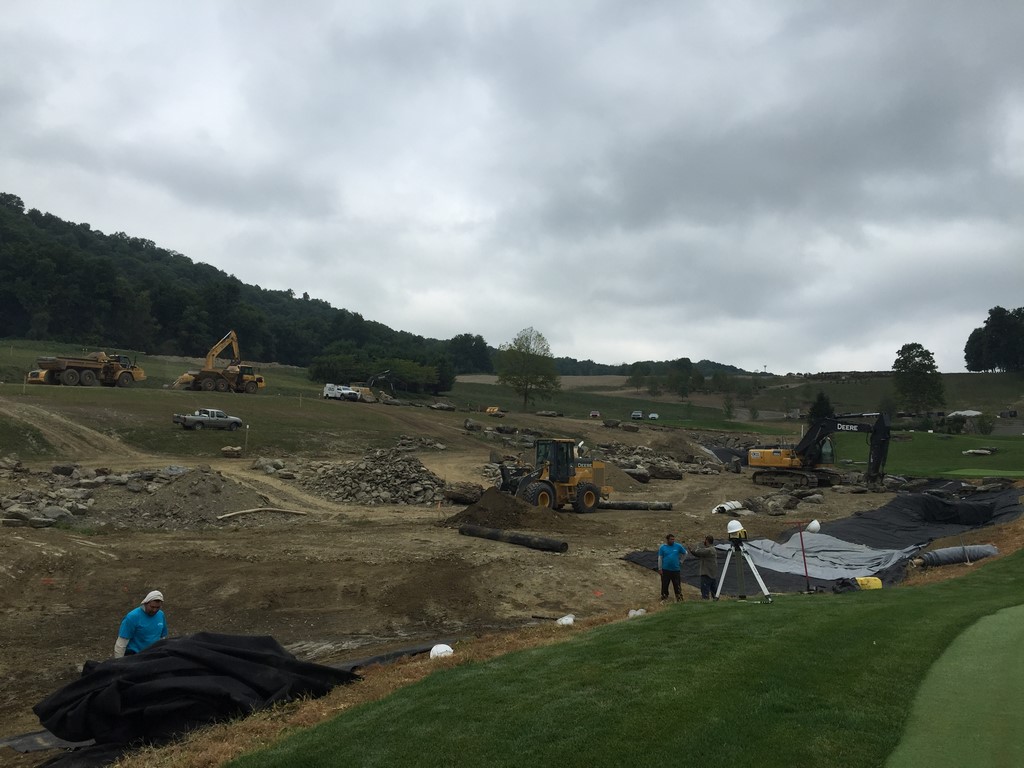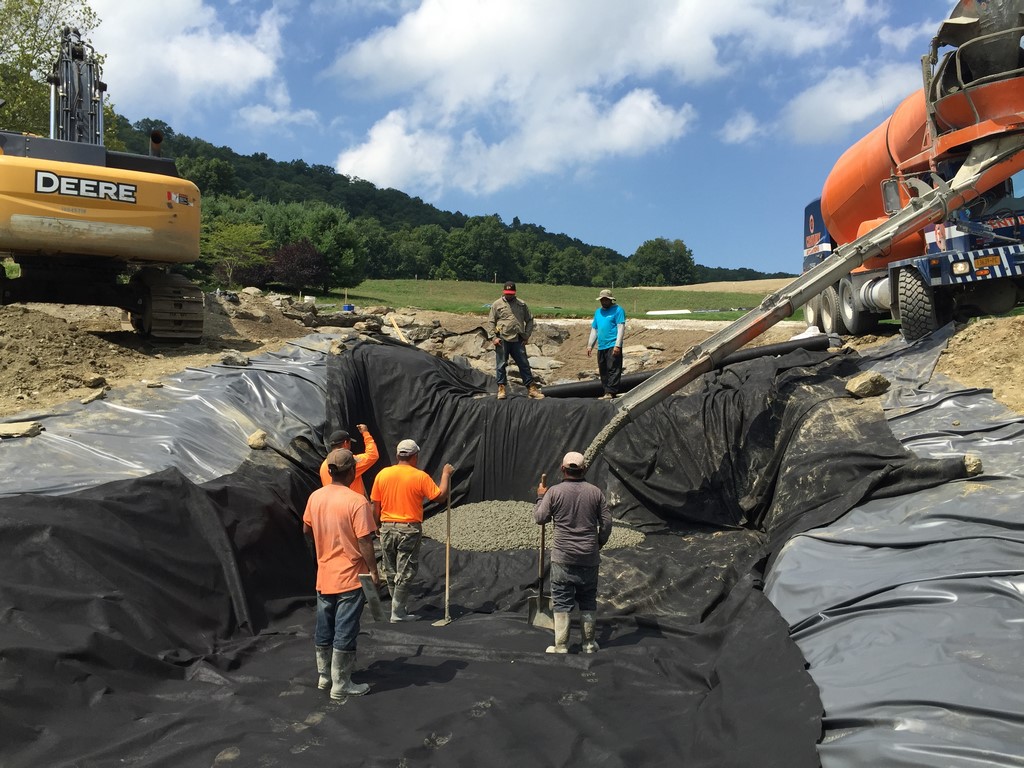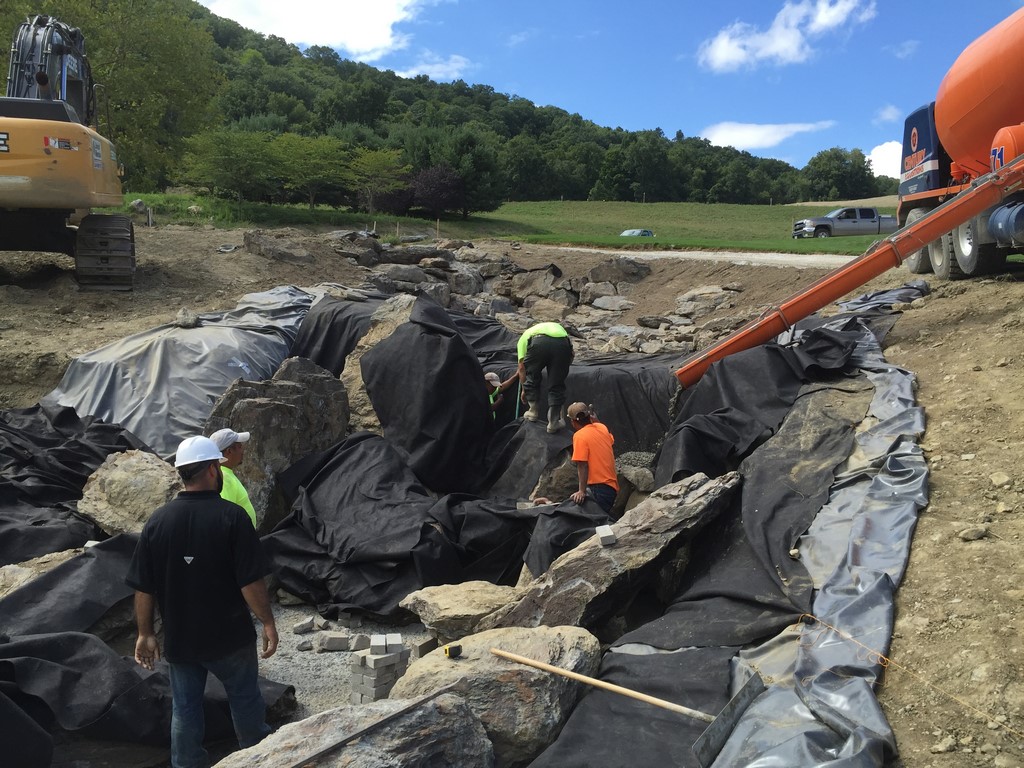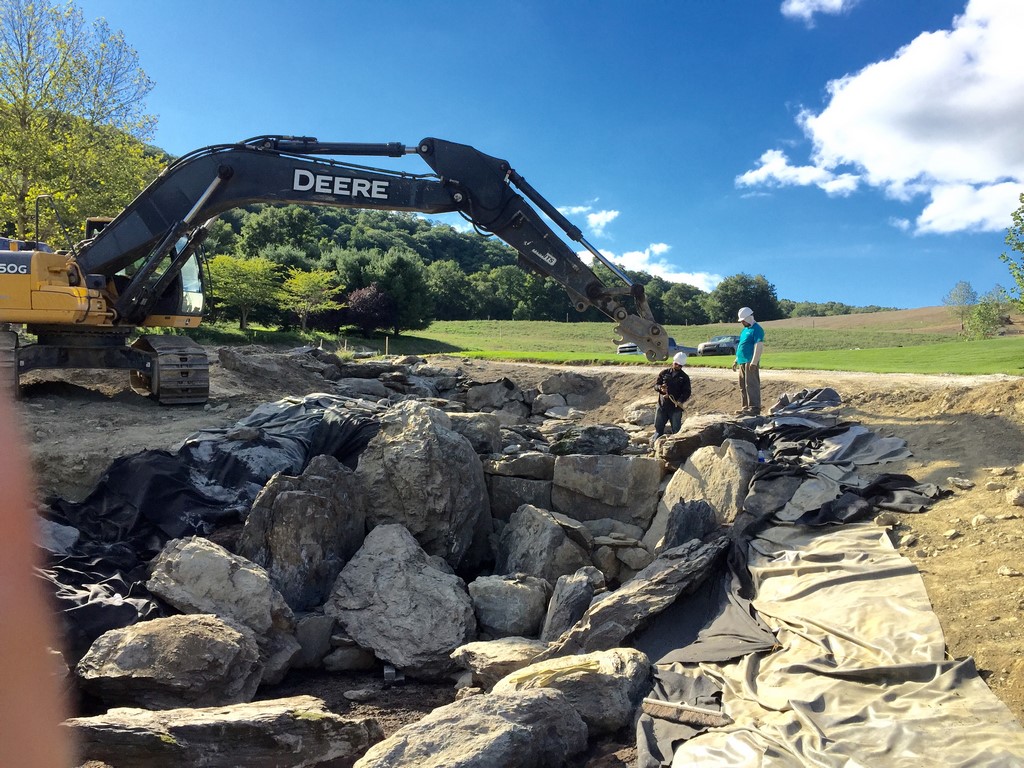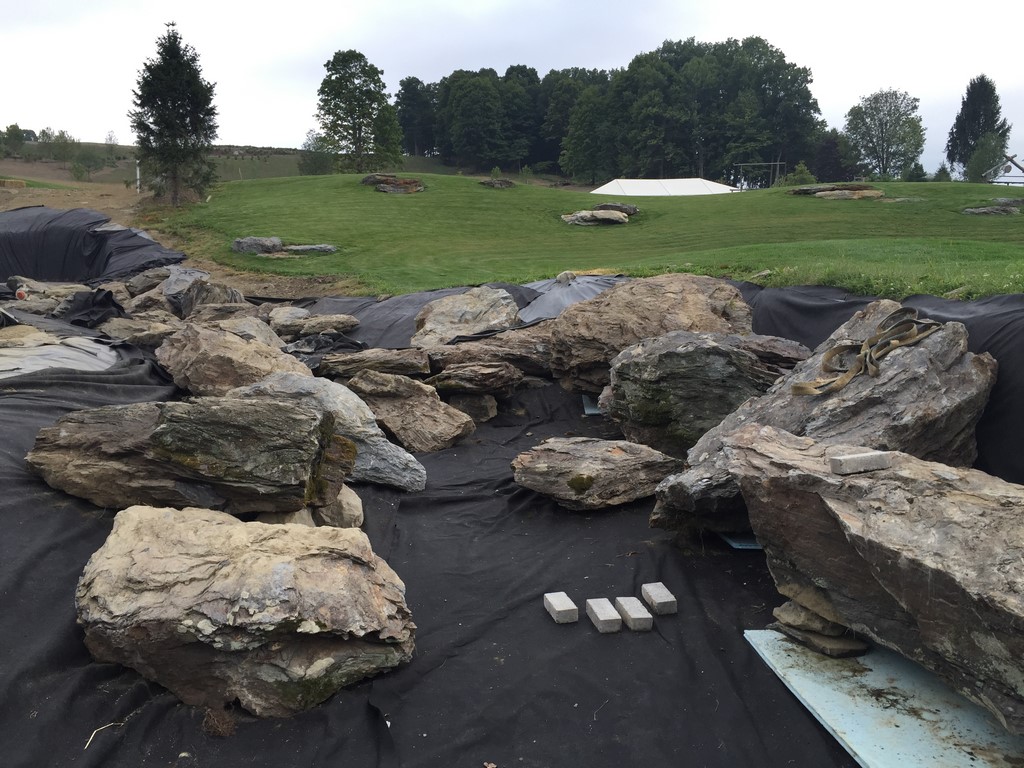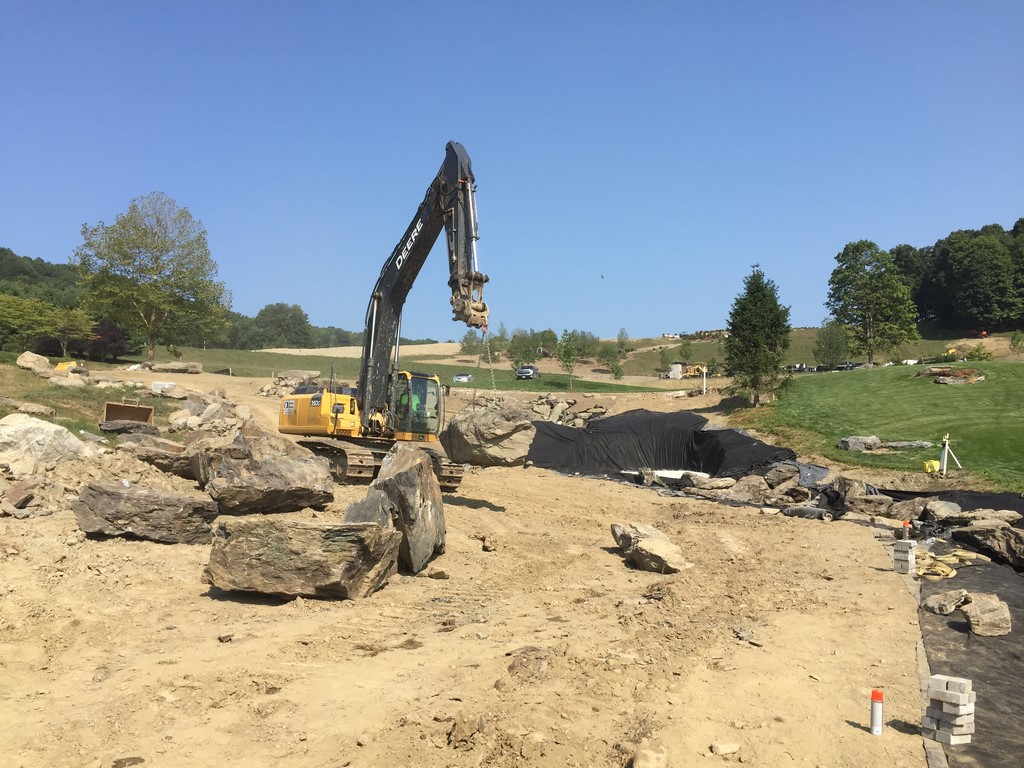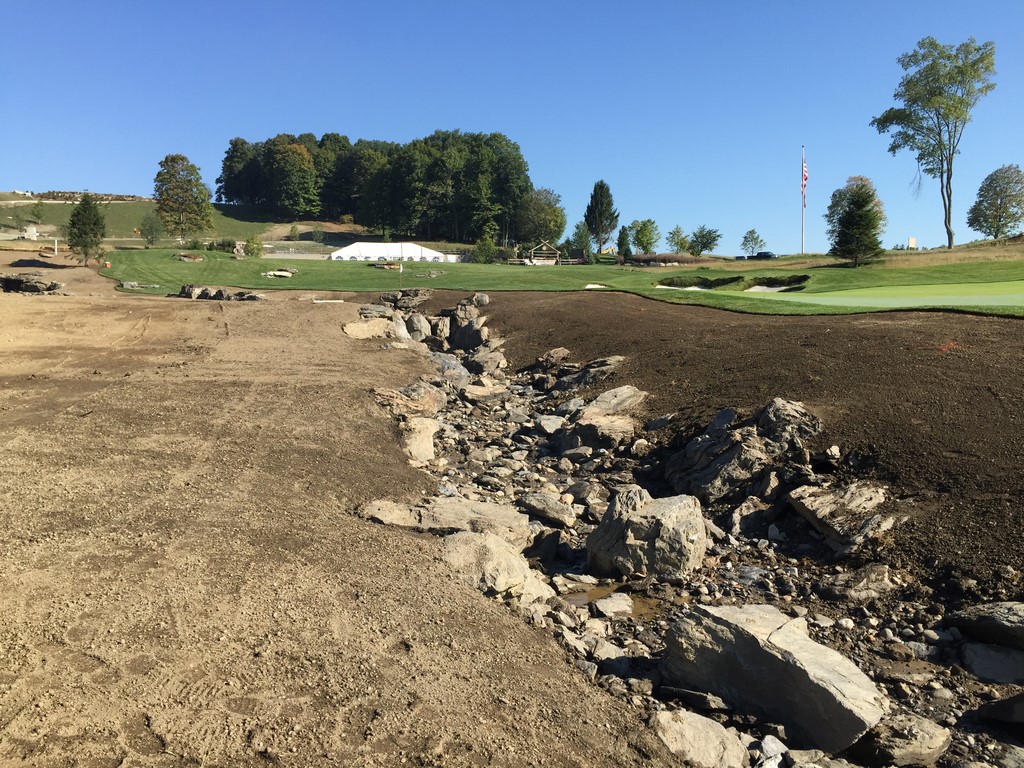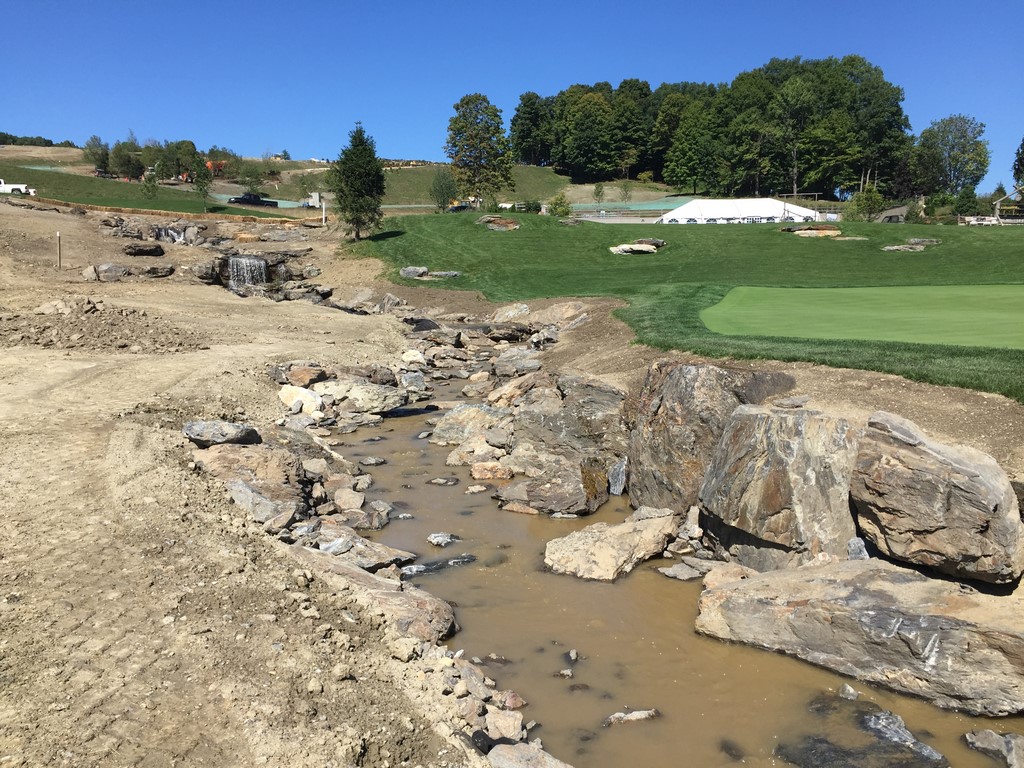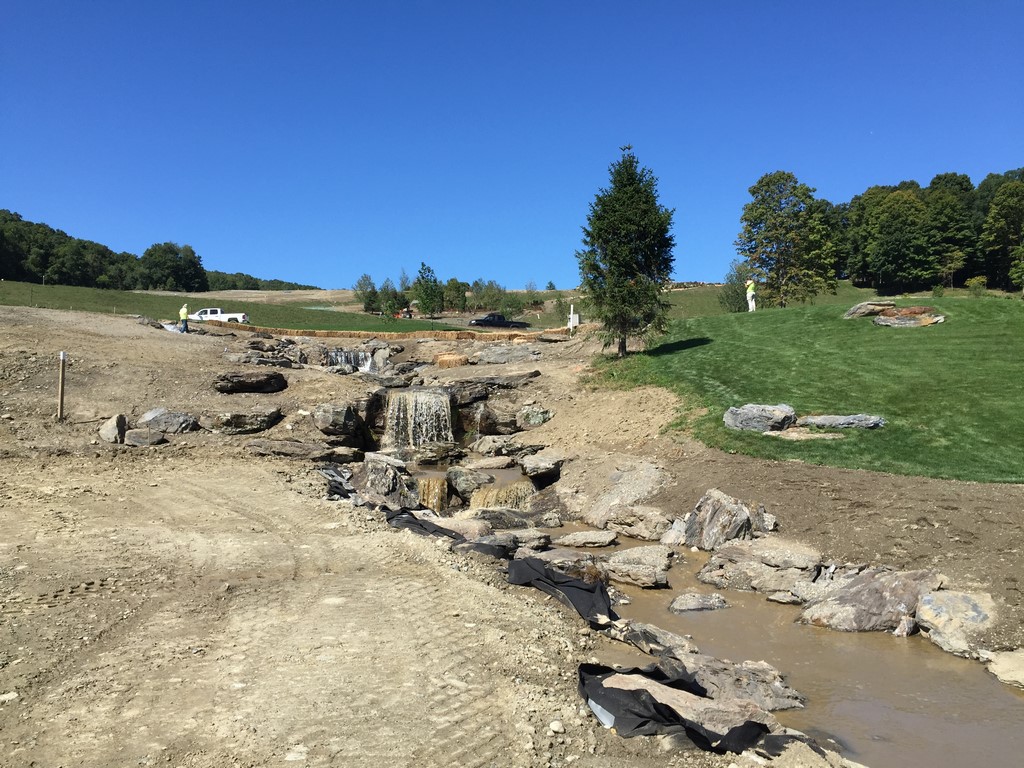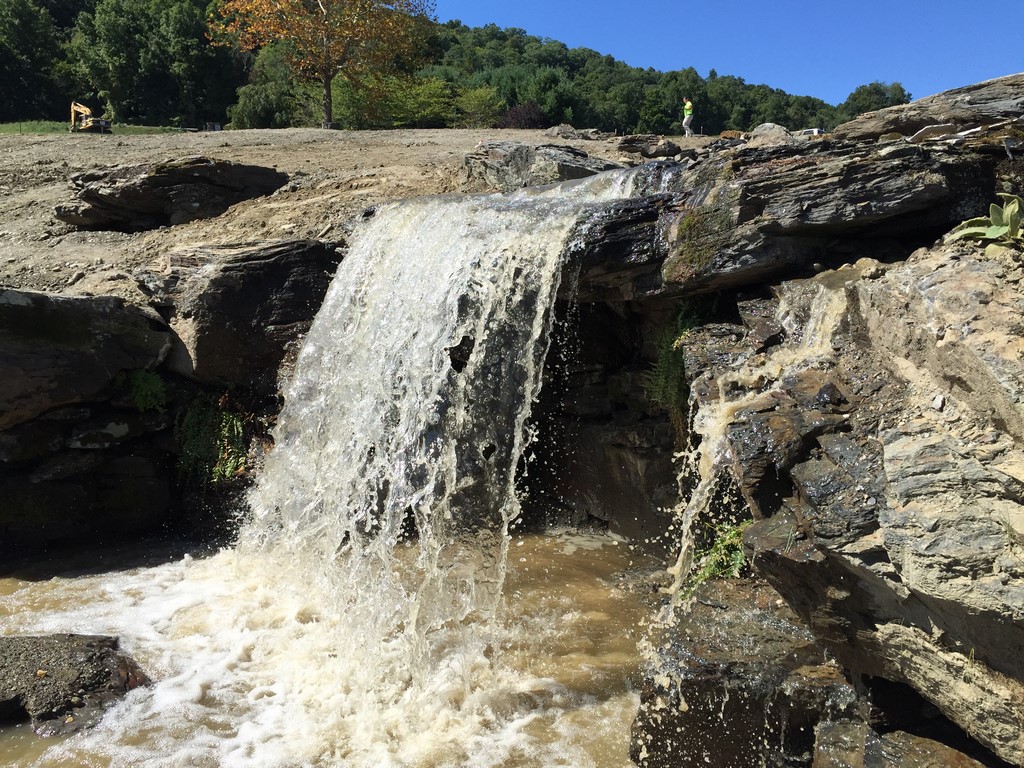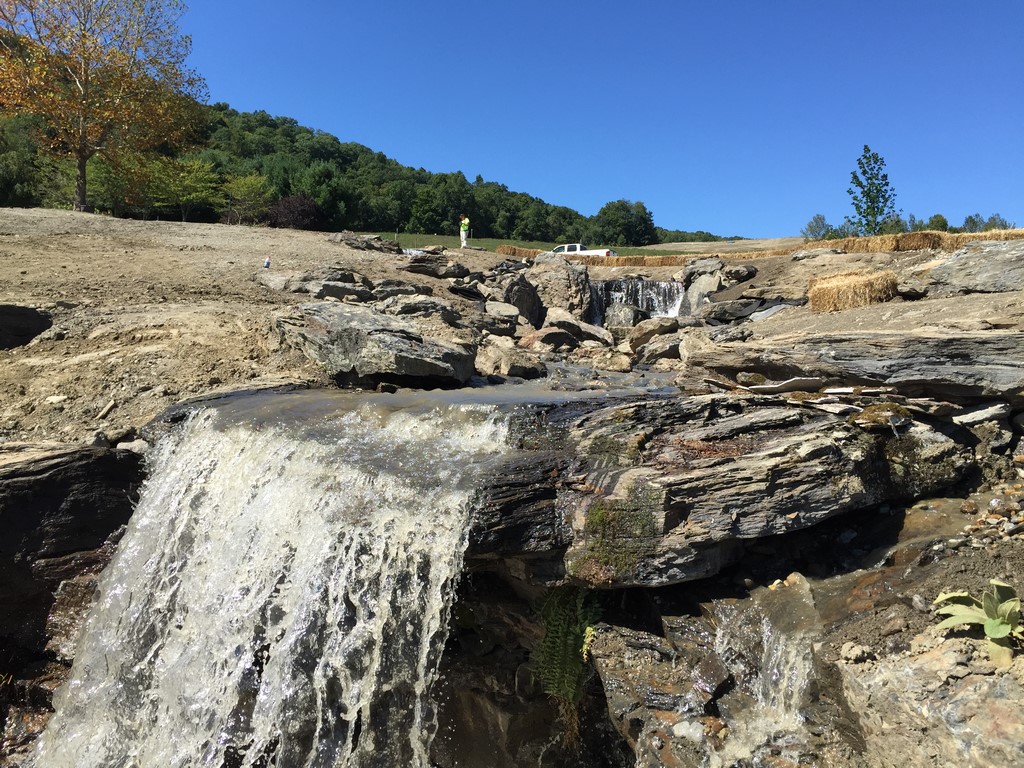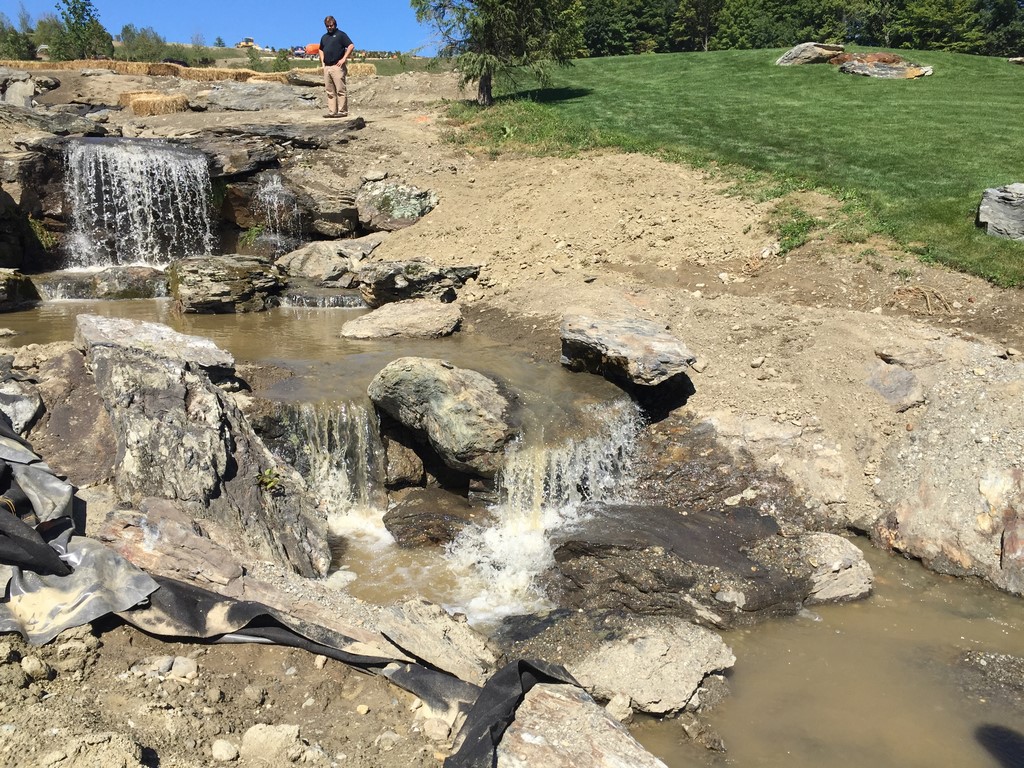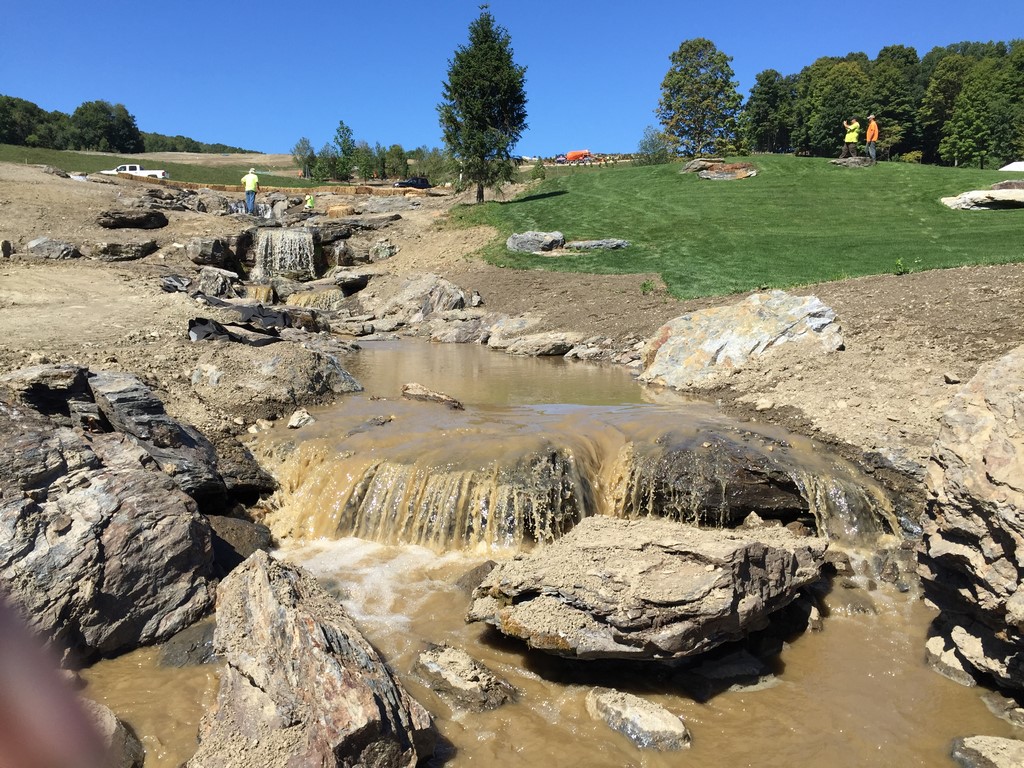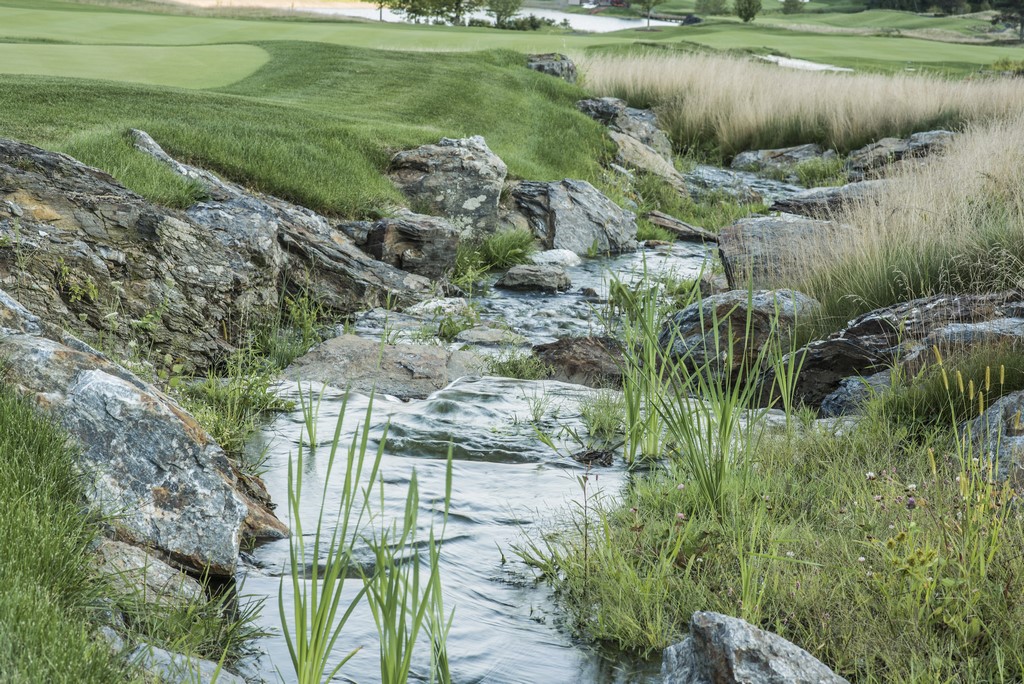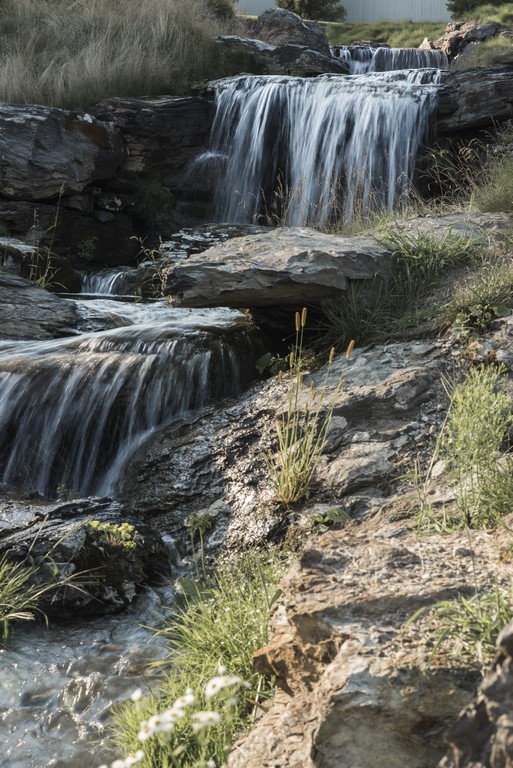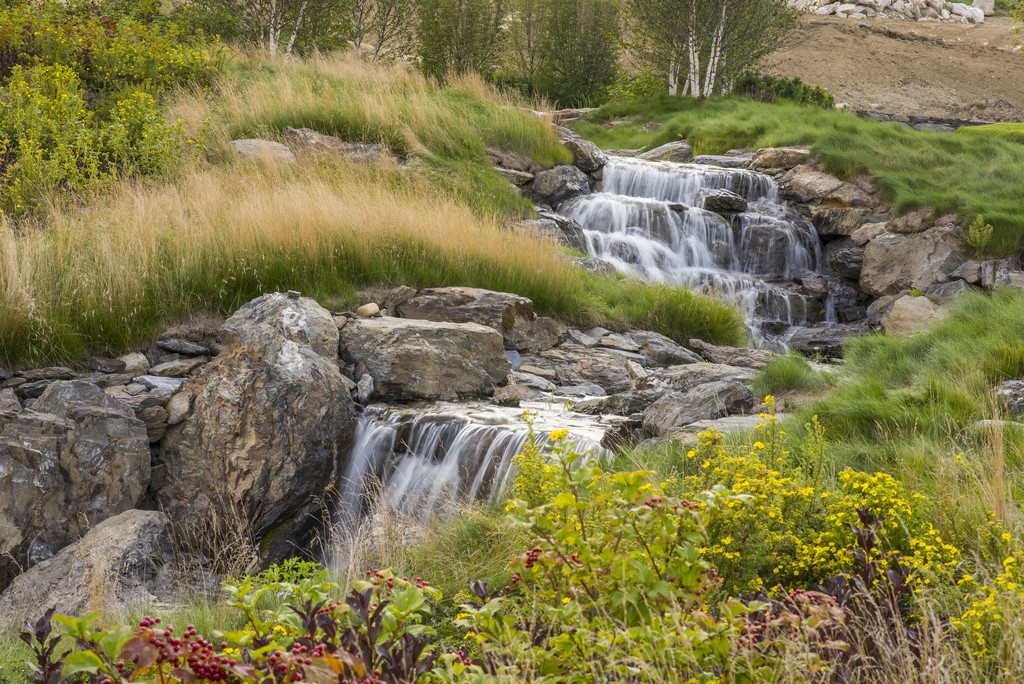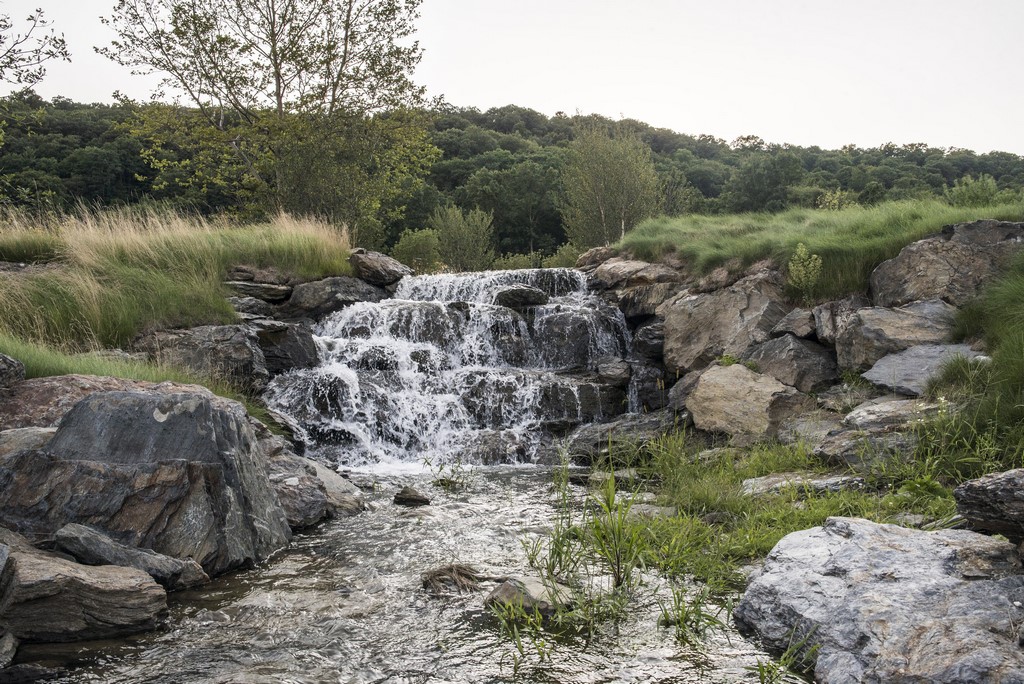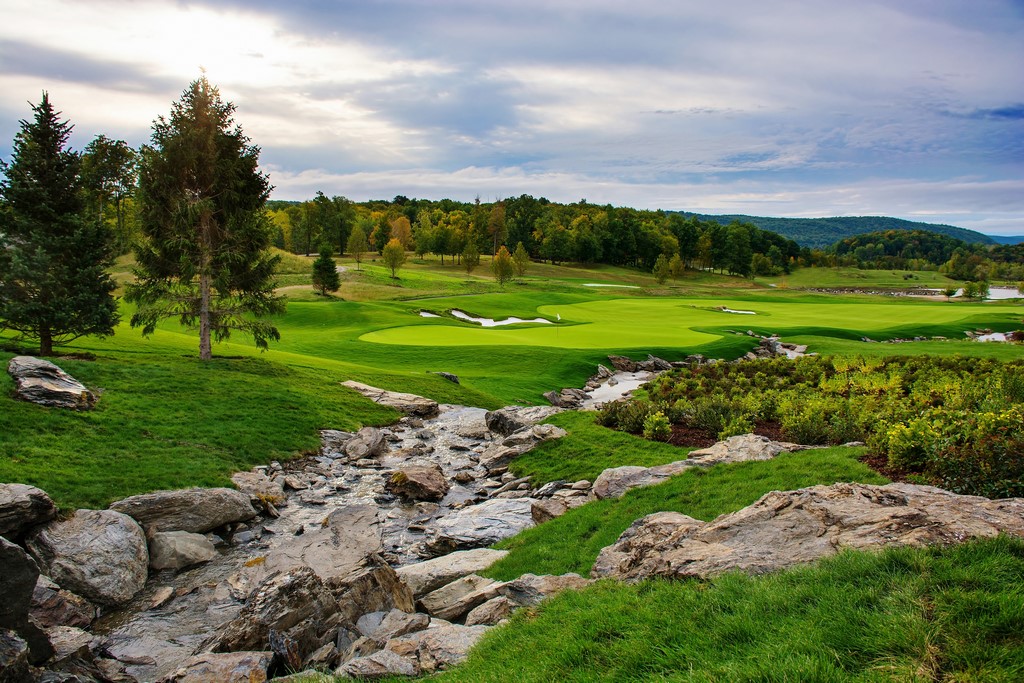Broader Horizons

When I started my pond company as a teenager in 2002, I had no clear idea how Laughing Waters (Palos Heights, Ill.) would evolve in subsequent years. At the time my first article appeared in WaterShapes in 2007, I was basically a 22-year-old bundle of energy with more ambition than experience.
In the decade since then, our energy has become more focused, the company has grown to take on a full range of major residential and commercial projects and, with experience, our ambition has only grown: Laughing Waters has now stretched far beyond its initial dedication to residential ponds, and we’ve gone from being a strictly local concern to one that tackles substantial projects all over the United States.
As we’ve spread out into distant markets, we’ve constantly reinforced the thought that travel is broadening. Working with different environments, different terrains, different climates is a constant challenge, but it’s also fun and rewarding to have spent so much time in recent years working on monumental waterfeatures that people all around the country will enjoy for generations to come.
One example of this process is the watercourse we devised for the Silo Ridge golf complex in Amenia, N.Y. Working from a layout designed by famed golf-course architect Tom Fazio, we were able to apply everything we know about watershaping in creating a stream/waterfall system for one of its prime fairways.
FIVE-STAR AMBITION
The client for this project was a development firm specializing in luxury, golf-centered residential communities and resorts. The complex at Silo Ridge Golf & Country Club is a mixed-use facility with 18 holes and their amenities as well as an ultra-high-end residential community.
We were brought onto the team based on a pair of large, private watergardens we’d designed and installed elsewhere in New York’s Hudson River Valley. Those local references helped us qualify, but it was our stated ability to tackle a huge set of tasks within a narrow time frame that won us the job.
| The space we were asked to develop as a streambed runs along the full length of Silo Ridge’s 18th hole, which was already in place before we arrived on site. We moved a lot of earth, staged materials along the length of the watercourse and set the underlayment and liners before adding concrete to protect portions of the stream where the larger, heavier boulders were to be deployed. |
Along with the client, Tom Fazio had a vision for 18th fairway and needed experts to come in and make it work in a limited period with little or no direction. So even though we were, in a sense, “working to specification,” we enjoyed a satisfying level of latitude when it came to details and aesthetics – and that was all we needed to be happy within a project of this magnitude.
Truth be told, however, we were new to the golf world, and the scale of what we had to accomplish on a short timeline was a learning process for all of us at Laughing Waters. Fazio envisioned a natural stream; our goal was to create the illusion that it was not merely a natural watercourse, but that it was connected to the way water flowed through all of the surrounding hills.
Although we’d stepped onto a new playing field, I’m proud to say that we fully leveraged our experience with other forms of watershaping. And as has been the case with all of the other major projects we’ve tackled across the country, we keep growing and know above all how to work as a group and stay focused on the tasks at hand.
| Once the preliminaries were complete in key areas, we began the process of placing rock to build up cascades and establish pools. It was artful work, but strenuous – and largely improvised once the pieces of the puzzle started to move into place. We began at the top and moved our way downstream, locking in larger boulders with more concrete and always aware of the need to protect the liner with foam padding and blocks. |
And those tasks were big – immense in some cases. The streambed is more than 1,200 feet in length, and it was assembled using 150-foot-long sections of PVC liner. Placed throughout the watercourse were boulders harvested during the overall course-construction process, some of them with diameters greater than 20 feet. Just moving them required use of dump vehicles used in mining operations. We were accustomed to working at large scale, but this stuff was huge.
We lined much of the streambed with concrete to protect the PVC and help support the largest boulders. There are dozens of waterfalls along the way, all of them based on what we saw in the area’s plentiful natural waterfalls, cascades and streams. And that’s where we started our work: exploring the surrounding area and picking up such a detailed sense of its tendencies that our own work would seem flawlessly, indigenously natural.
RIPPLES LARGE AND SMALL
Although we were focused on the client’s and the architect’s vision for the stream, as mentioned above we had the freedom to express our skill and talent throughout the watercourse. In doing so, we made it our practice, almost daily as the work entered critical stages, to step back and, as important, drive to different viewpoints out in the surrounding hills.
We knew that the development was to include homes up in the hills along the length of the course and of our stream. We also knew that golfers would observe our handiwork at much closer range as they stood at the tee boxes, moved along the fairway, fished their errant drives out of our water hazard and completed their rounds on the 18th green. It was a remarkable experience of grand-scale detailing and taught us more than we had ever considered about points of view and meeting visual needs across varied distances, from a few feet to hundreds of yards away.
| As soon as we could, we introduced water to the system and began the time- and energy-consuming process of fine-tuning the way water moved through the system. We examined our work from every conceivable distance and angle, and while we probably spent the bulk of our time working with the waterfalls, I’m certain we spent almost as much in evaluating and tweaking the way the water looked in the spaces between and beyond those dramatic drops. |
Although we spent a large portion of our time worrying the aesthetics, we also knew we were compiling a massive water system. To that end, we installed a 25-horsepower pump to power the system, using it with a pair of 12-inch-diameter HDPE pipes to push 1,200 gallons of water per minute to the main waterfall discharge.
Farther downstream, we set up multiple injection points to augment the flow at key spots, all of them in association with waterfalls or particularly churning rapids. The water was contained by the concrete-protected PVC liner mentioned above.
At every step, the Laughing Waters team functioned at the very highest level. All of us knew what we faced in our first grand-scale golf-course project, and at every turn we dedicated ourselves to building something awesome. This meant that we had to share in the client’s and the architect’s vision while both meeting and exceeding their expectations. But it also meant that we had to meet or exceed our own already-high standards and make certain we expressed ourselves clearly and artfully in the work we produced.
| From the gentle flows at the bottom of the 1,200-foot-long watercourse up to the big waterfalls at the top, this was a project with standards so high that all of the details required our fullest attention – every rock placement, every bend, every drop and all of the landscaping. The results are beautiful, but as we proudly completed our work, we began feeling a bit sorry for any duffer who might manage to push the ball to the left side of the fairway: This isn’t a water hazard you want to bring into play! |
As mentioned at the outset, we had a short timeline for the project – no more than 45 days in all because everything had to be ready for a big charity event to be held on a fixed future date. We were so maniacally focused that we completed our work in just 30 days and brought it in under budget. Needless to say, the client in particular was thrilled.
We were, too, but for all that, we were ready to head home. For the entire time, we had all stayed in a big rental home that offered wonderful, always-inspiring views of the Hudson Valley – a great place to break bread, relax and come together as a unit. We made a point of enjoying ourselves away from work, too, so that when we showed up each morning, we were ready to “make something cool” that day.
I guess things haven’t changed all that much since Laughing Waters started up 15-odd years ago: We’ve always wanted to be the best waterfeature contractor in the country, hands down, so we’ve performed on every single project to the best of our abilities, every single time.
It’s a solid foundation, marked by hard work, superior vision, practiced talent and, above all, a constant drive to learn. It’s challenging, too, but it’s how we grow – and we like it that way.
To see a brief video that defines the scale of the project and some of what went into preparing the site for stream installation, click here.
Tim Krzeminski is president and founder of Laughing Waters, a high-end pond/stream design and installation company based in Palos Heights, Ill., that he founded in 2002 while still in high school. His first experience came in landscape maintenance, but, recognizing local demand for quality pond and stream services, he decided to enter that field soon after. Ever since, he has applied himself rigorously to studying the fine points of naturalistic watershaping and now focuses solely on ultra-high-end residential and commercial projects nationwide. He may be reached through the company’s web site at www.laughingwatersinc.com.










